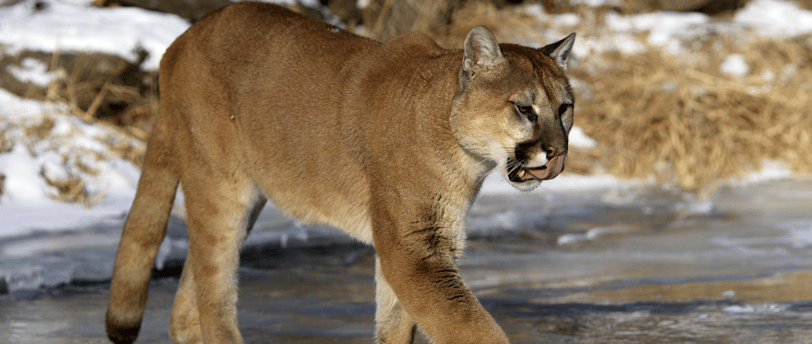Understanding Predator Animals in the Colorado Rocky Mountains
3/29/20242 min read


The Colorado Rocky Mountains are home to a diverse array of wildlife, including several apex predators that play crucial roles in maintaining ecosystem balance. Understanding these predator animals is essential for hikers and outdoor enthusiasts to coexist safely and responsibly in their natural habitat.
One of the most iconic predators in the Rockies is the gray wolf. Once native to the region, wolves were extirpated from Colorado in the 1940s but were successfully reintroduced in recent years. These majestic creatures play a vital role in regulating prey populations, such as elk and deer, and shaping the landscape through their hunting behaviors.
Another apex predator found in the Colorado Rockies is the mountain lion, also known as the cougar or puma. Stealthy and solitary, mountain lions are elusive creatures rarely seen by humans. They primarily prey on deer but may also target smaller mammals such as rabbits and rodents. While encounters with mountain lions are rare, hikers should remain vigilant and take precautions, especially in remote areas.
Black bears are another common predator in the Colorado Rockies. These omnivorous mammals play an essential role in seed dispersal and nutrient cycling through their foraging habits. While black bears are generally shy and avoid confrontations with humans, it's crucial to store food properly and avoid attracting them to campsites.
Coyotes are smaller predators commonly found throughout the Rockies. These highly adaptable animals play a significant role in controlling rodent populations and scavenging carrion. While coyotes typically avoid humans, they may become more aggressive in urban areas where food sources are scarce.
Lastly, birds of prey such as golden eagles and red-tailed hawks are apex predators in the Colorado Rockies. These magnificent birds hunt small mammals, birds, and reptiles, contributing to the natural balance of the ecosystem.
In conclusion, predator animals play vital roles in the delicate balance of the Colorado Rocky Mountain ecosystem. While encounters with these creatures are rare, hikers and outdoor enthusiasts should educate themselves about local wildlife, take precautions to minimize conflicts, and respect these majestic predators' habitats. By understanding and appreciating the importance of predator animals, we can foster harmony between humans and wildlife in the breathtaking landscapes of the Rockies.

